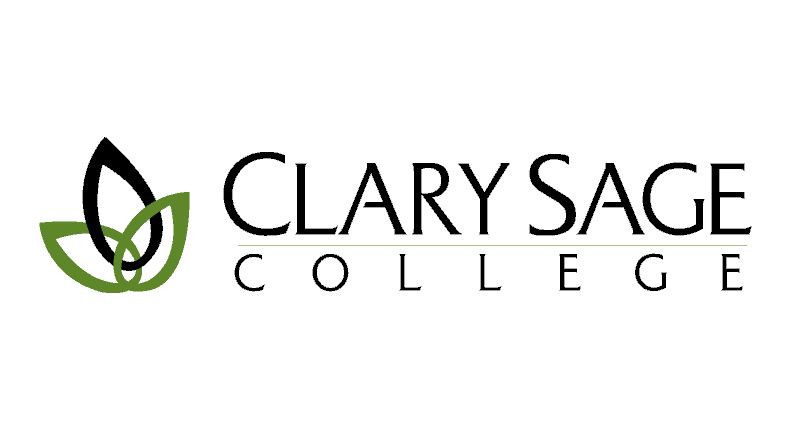By Laura Gordon
Some people are saying the new medicine of our times is the use of essential oils in what is called aromatherapy. The fact is aromatherapy is becoming one of the fastest growing complementary health care modalities in this country as well as around the globe. What are essential oils, what is aromatherapy, and is it really a new medicine? We are going to take a snap shot look at that in this blog.
How are essential oils made?
Essential oils come from the distillation primarily by water or steam of bark, leaves, stems, flowers, seeds or roots at a specific life cycle of particular plants. Though it’s called essential oil, it does not have the viscosity of oils that are most familiar to us like massage oil or cooking oil. Essential oils are most generally clear with a thin and fluid texture that does not have the consistency of “oil” though a few are amber in color and have a thicker consistency, an example would be patchouli.
The over 400,000 known plant species can be divided into two groups: angiosperms (flowering plants) and gymnosperms (non flowering plants such as conifers). Both groups are used in essential oils. The end result in the distillation of plants has psychological and physical therapeutic benefits due to their molecular chemical makeup.
What makes essential oils special?
A quick look into molecular chemical makeup of essential oils takes us to how plants survive in nature. Without getting deeply into chemistry and botany, the layman’s approach is to understand plants release chemicals to attract insects for pollination and to protect themselves from predators. Compounds plants use in their survival are antimicrobial, antifungal, antiviral and antibacterial in composition. When distilled along with the plant’s distinct aroma these compounds remain present and enhance the properties of the oil. Not all plants have high quantities of each of those compounds. Some have a higher quotient in one over another, some are high in two or more compounds.
A little history…
Throughout history people and plants have had a symbiotic relationship. Even today 80% of the population uses plants/herbs for poultices, teas, supplements, essential oils, etc. That leaves 20% using manmade chemical compounds. It’s starting to look like this is not going to be a study in “new” medicine, is it? In fact, according to one source, the Bible mentions essential oils 500 times! Can you remember what the three wise men brought the baby Jesus? Gold, Frankincense, and Myrrh. Two out of three is pretty impressive for the humble plant kingdom.
Portals of entry
But back to essential oils, due to the quality of the distillation process, what remains of the plant, it’s “blood” as it’s called in some circles, is highly concentrated. That means a little goes a long way. In aromatherapy essential oils are often applied directly on the skin or added to a carrier oil and applied in massage. Besides the skin there are two other portals of entry for essential oils: through the lungs and through the blood brain barrier. The skin quickly absorbs the oil and sends the compounds throughout the body generally through the lymph system which is the most superficial; the lungs breathing in the aroma of the essential oil carries the molecules through the circulatory system leaving the last portal of entry, the blood brain barrier. Webster’s Dictionary defines the blood brain barrier as “a naturally occurring barrier created by the modification of brain capillaries that prevents many substances from leaving the blood and crossing the capillary walls into the brain tissues”. It’s a very complex barrier that the molecules of essential oils cross through where many other compounds cannot.
All these portals are of great benefit to the body allowing the refined and natural health giving properties of the plant to go where they are needed in healing the human body.
What is Aromatherapy?
Now you are beginning to see that essential oils do have healing properties. Let’s add aromatherapy into this mix. Basically aromatherapy applies the knowledge of what oils have what properties that best suits the needs of each individual client. The wonderful thing about these days and times is the extensive examination through fine instrumentation to which scientists now have access creating a broadened knowledge and understanding of the healing properties essential oils brings to the table for healing purposes and so aromatherapy was born.
Whatever the scientific reasons, there is another component that is equally, if not more, important. Aromatherapy, like other holistic therapies recognizes the individual as a whole being: mental/emotional, physical and spiritual/energetic. Properly understood and used, aromatherapy brings healing and balance to the individual on all levels of being.
A side note: Do not confuse essential oils with perfumes. Perfumes are created fragrances using synthetic substances from man-made chemical compounds and do not have the quality or caliber of essential oils. When shopping for aromatherapy products be sure to check the ingredients. If the essential oils are not listed then you can be sure that it is a man-made product.
Assignment
Now it’s your turn to do some research! Pick three essential oils and write what properties each has and how and where a you would apply them on the client.










Comments are closed.